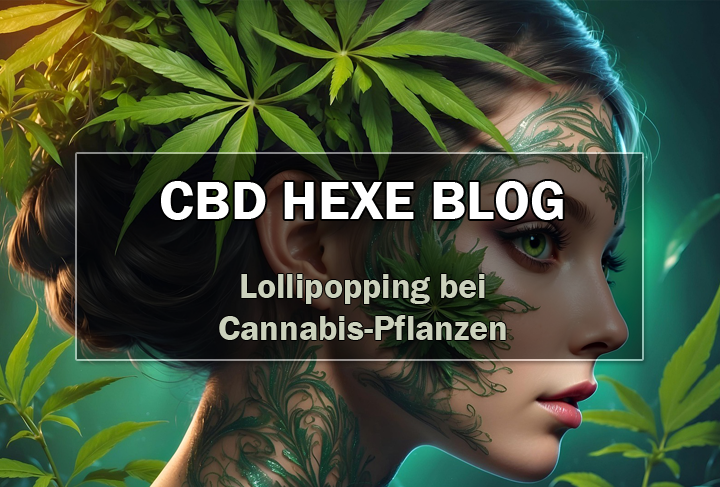
Lollipopping in cannabis plants
Andreas LeschkeShare blog post
Become the hairdresser of your weed ladies
Lollipopping is essentially the defoliation of the lower part of the marijuana plants, which is intended to cause the reaction to maximize the growth of the upper buds.
However, lollipopping offers many more benefits than just producing larger and stronger buds, as it reduces the risk of pests and mold through better air circulation.
Generally, it is claimed that lollipopping causes little stress to the plants, but this depends on how many lollipops (small shoots, leaves) are removed, whether your miracle plant is stressed little or a lot, and which phase of lollipopping is being discussed.
I personally never "lollipopp" the first two lollipop phases in just one session, but prefer to defoliate the plant in two or three sessions to keep the stress level as low as possible.
If you search for "lollipopping" online, you'll usually get results where defoliation is usually recommended only once, shortly before the onset of the flowering phase. This may be generally correct when applied to autoflowering strains, as they experience a very short veggie phase.
However, if you choose photoperiod genetics, depending on how long you let the plant grow, you will find that it makes sense to defoliate the plant during the vegetative phase, when it has already developed its 5 to 7 nodes, in order to direct more power to the upper part of the plant and ensure better air circulation within the cannabis lady.
Just imagine the height, size, and bushiness your plant will develop if you give it three or more months of vegetative growth. Lollipopping it just before flowering would put the plant under extreme stress, simply due to the sheer number of leaves and small shoots.
For this reason, I would recommend defoliating more often, but in smaller amounts, rather than defoliating only once and subjecting the plant to excessive stress through too many interventions and injuries, which can lead to temporary growth stagnation.
We should always keep in mind that when we use our medicinal and recreational plants, we are dealing with sentient beings and what it means when we inflict "wounds" on the plant.
Finally, I'd like to mention in my foreword that lollipopping isn't only useful just before flowering, as is often claimed online, but also during the flowering period to achieve the best results for our buds. This becomes clear when we turn to the lollipop process:
Lollipopping before flowering
As with all training stress methods used, it is important to work with clean and disinfected scissors to prevent germs, bacteria or viruses from entering the wound tissue of the plant, thus protecting it from disease.
The goal of lollipopping, as I explained in the introduction, is to direct more energy to the upper part of the plant, where more light and nutrients are transported. For this reason, we focus on the lowest shoots and leaves, removing them with scissors directly at the node of the main stem.
This allows for larger, more potent buds in the upper part of the flower, while eliminating less productive areas. This increases plant growth efficiency and makes maintenance easier for both us and the plant.
As mentioned above, please be careful not to remove too many lollipops. It's sufficient to remove only the two lower nodes in the first session, and then remove any other unproductive shoots and leaves two days later, once the plant has recovered.
It is also important to note that you should not start the flowering phase immediately after lollipopping, but give the plant 2-3 days to recover before sending it into flowering so as not to stress it.
Compared to other training methods, lollipopping is a precise training method that focuses exclusively on flower production. So don't be fooled by the term "defoliation," as it's not just about removing excess foliage; it's aimed at optimizing the most productive flowers at the top of the plant.

Lollipopping during the flowering phase (2nd to 3rd week)
When "lollipopping" during the flowering phase, precise timing is crucial to fully exploit the potential of our beloved wonder plant.
Results have shown that the ideal time for lollipopping is between the second and third week of the flowering period, when the first buds can already be seen. During this phase, the plant is able to precisely direct its resources toward the development of the upper buds.
According to rumors and myths, lollipopping should not be used during the flowering phase of automatic genetics, as the life cycle of automatics is limited, so it is often recommended to only perform invasive procedures so as not to impair growth!
This theory is false. It doesn't matter whether the genetics are automatic or photoperiodic during the flowering phase, as they are all limited in their life cycle during the flowering phase.
During the flowering phase, the goal of lollipopping is to expose the most productive buds in order to precisely direct the power to the most productive areas. Exposing the buds is crucial so they can receive the optimal light for optimal development.
We remove all lower branches, as well as leaves that produce no flowers or only tiny ones. It's important to remember, however, to leave the leaves that are needed to supply the plant with energy.
This way, we reduce shade areas and optimize air circulation within the plant. The result is not only larger flowers, but also more potent and flavorful buds.

Lollipopping in the flowering phase (21 days before harvest) - "The plucked chicken"
Basically, this form of lollipopping 3 weeks before harvest time is extremely stressful for the plant, as so much of the leaves are removed that it will require extreme strength from your plant to recover.
Therefore, this method is only advisable if you have noticed through previous lollipopping that the plant responds so well to the lollipopping that it was able to recover quickly.
Those who are brave and have previously cultivated a stable and healthy plant, which has already been trained with LST, topping or other methods, and want to tackle the final defoliation will be rewarded with higher yields and more potent and flavorful flowers.
"Courage" is an absolute must in this training method, as this process cannot be spread over two or more sessions, as this method is used three weeks before harvest. Therefore, it must be done in one step, which creates extreme stress.
With this method, you do NOT start defoliating the plant from the bottom, as with the other lollipop inserts, but from the top of the plant.
To do this, place the plant under a light to determine exactly where the shaded area of the plant begins, where little or no light can penetrate. Defoliation begins here. First, remove all large, sun-sail leaves where few or no trichomes are visible, where the shaded area of the plant begins.
You'll notice that the solar sail leaves had covered the flowering shoots underneath, where no light could previously reach, and now light can shine through again. This is precisely our goal and also our path.
Because all leaves are removed, the underlying shoots with flowers provide shade and prevent the plant from further hindering its optimal flower production. With each step, we can see how the light can shine deeper and deeper through the plant.
It's important to note that the topmost sunshade leaves remain. These are the leaves visible below the headbuds. These are needed to continue to direct water and nutrients to the top of the plant.
However, any other leaves that shade the plant's productive flowering areas are radically removed. Please be careful to leave the leaves on the flowers as long as the flowers themselves have not yet developed stable sugar leaves.
However, if the flowers have stable and larger sugar leaves, the other leaves on the shoot can also be removed, as the sugar leaves will then take over photosynthesis for the nutrient supply of the buds.
However, even if some leaves seem unnecessary, it is advisable to only remove those that develop no or hardly any trichomes, as well as those leaves that, due to their shadow, inhibit the development of the shoots and flowers below.
As already mentioned, cannabis is a sentient being, and every cut causes it to become stressed, and the more stressed it is, the more time it needs to recover.
Especially during the flowering period, when there is no time bonus, such as in the veggie phase, to give the plant more time to recover, it is important to keep the stress level as low as possible, even with this brutal "high-stress" method.
When the final lollipopping is completed, the plant will have an appearance similar to a plucked chicken and will usually crash the plant, where it looks as if it is collapsing.
Here it is important to develop trust, because the rule also says that if it is a healthy and robust plant, it will experience a pushback and will revive.
This borderline experience will ensure that the plant develops an extremely high level of energy after the pushback, giving the flowers an extreme boost, which not only massively increases the yield but also benefits trichome production, which leads to the production of more terpenes and cannabinoids.
We thank the author Jorge Rieger for this blog post on the topic of "Lollipopping Cannabis Plants." Feel free to follow him on his Facebook account. --> Click here
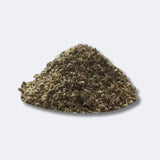
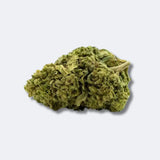

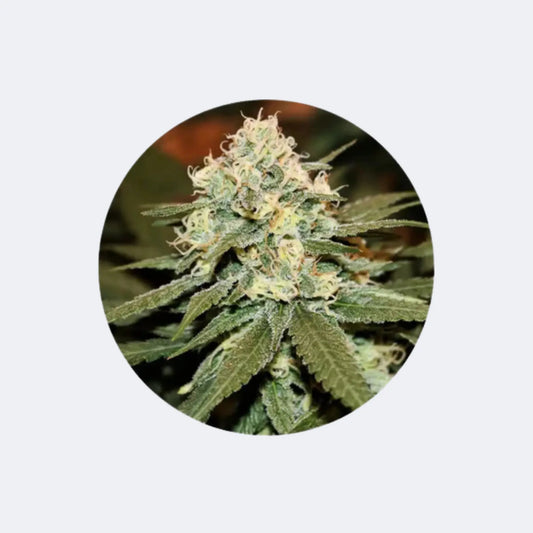

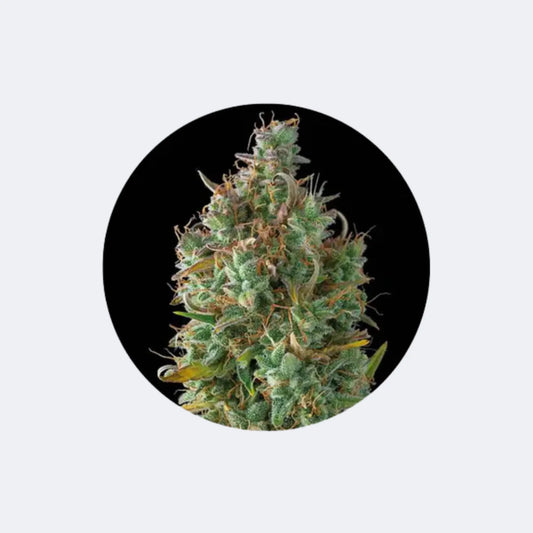
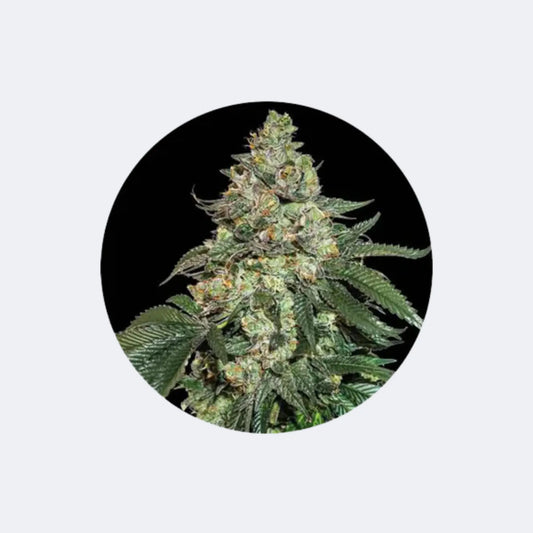
1 comment
Danke wieder etwas gelernt.